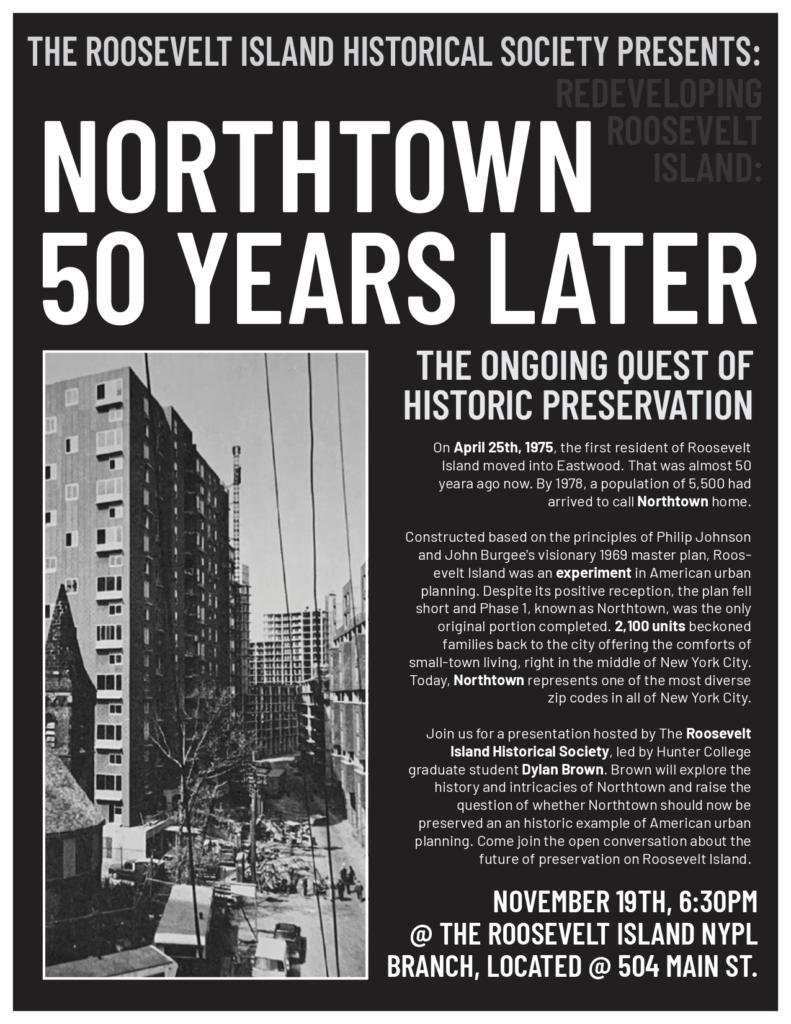Weekend, November 16-17, 2024 – TIME TO TRAVEL FOR A GOOD SCRUB



CHECK OUT OUR NEW INSTAGRAM POST”
https://www.instagram.com/roosevelt_island_history/?hl=en
PUBLIC BATHS
IN
NEW YORK CITY
PART 1
New York Almanack
Weekend, Nov. 16-17 , 2024
ISSUE #1345
‘Public Baths New York City’
When a public bathhouse opened on West 60th Street
December 5, 2022
By 1906, New York City had six free municipal-run public bathhouses operating throughout Manhattan. The seventh, at 232 West 60th Street—in a rough tenement enclave between 10th and 11th Avenues—formally opened its doors in June of that year.

A ceremony led by William H. Walker, superintendent of buildings, included a number of speeches. But “before the last orator had said his last word, a young army of West Side youth rushed for the plunges,” according to a New York Times article that covered opening day.
When the word was finally given to admit the 50 or so waiting boys, “there was a great rush, and in less than a minute the boys had undressed, donned their trunks, and were splashing about in the tank,” wrote the New-York Tribune.
Of course the kids wanted to get inside on that June afternoon. Behind the Beaux Arts-style limestone and brick exterior—featuring two terra cotta sea creatures with their tails entwined—was an upstairs bathhouse offering 80 showers (aka, “rain baths”) as well as something new and special: a ground-floor 35 by 60-foot “plunge,” or swimming pool.

Now, at the dawn of the Progressive Era, people residing on either side of West 60th Street—the mostly Irish Hell’s Kitchen to the south, and the now-defunct African-American San Juan Hill neighborhood to the north—had a place not just to cool down in hot weather, but to bathe all year round.
Even though the Tenement Act of 1901 mandated that all tenement apartment units have bathing facilities, many people occupying older tenements still lived without a bathtub. In the early 1900s around West 60th Street, “a majority of homes lacked indoor plumbing,” states NYC Parks.

The 60th Street public bath was one of 20 public bathhouses across four boroughs constructed in the early 20th century. This bathhouse-building on the part of Progressive reformers capped a series of initiatives dating back to the late 19th century that called for improved hygiene and sanitation: on city streets, in public buildings, and of people themselves.
“Government acceptance of its duty to provide for the cleanliness of citizens was what the reformers had been hoping for; they believed, as Jacob Riis wrote in his 1902 book Battle With the Slum, that soap and water were ‘moral agents of the first value in the slum,’” wrote Christopher Gray in a 2014 New York Times column.

The showers were not unpopular, but the pool may have been the main attraction. It could hold 250 people, featured a supply of continuously filtered water, and offered women-only swimming three days a week, per the New-York Tribune. (The sexes were rigidly separated, with distinct doors for males and females even at the main entrance, as the second image shows.)
While the place was packed in the summer, wintertime use wasn’t very high. “Robert E. Todd of the Bureau of Municipal Research found in 1907 that bathhouse patronage in the winter months fell to as little as 4 percent of capacity,” wrote Gray.

The showers were not unpopular, but the pool may have been the main attraction. It could hold 250 people, featured a supply of continuously filtered water, and offered women-only swimming three days a week, per the New-York Tribune. (The sexes were rigidly separated, with distinct doors for males and females even at the main entrance, as the second image shows.)
While the place was packed in the summer, wintertime use wasn’t very high. “Robert E. Todd of the Bureau of Municipal Research found in 1907 that bathhouse patronage in the winter months fell to as little as 4 percent of capacity,” wrote Gray.

By the 1940s, its days as a public bathhouse were over. At some point one of the entrances was renovated into a window; the tenement next door fell to the wrecking ball.
In 2016, the bathhouse reopened as part of the Gertrude Ederle Recreation Center, which features not just swimming facilities but state-of-the-art fitness rooms and a new building addition.
Who was Gertrude Ederle? This West Side daughter of a butcher became the first woman to swim the English Channel in 1926. Ederle was born in 1906—the same year the bathhouse that now bears her name opened its doors to kids like her.
THE DECORATIONS ARE BACK ON THE CHAPEL PLAZA!!

CREDITS
EPHEMERAL NEW YORK
[Third image: MCNY, 1925: X2010.11.6142; fifth image, 1939-1941: NYC Department of Records & Information Services]
ags:60th Street Public Bathhouse, Gertrude Ederle Recreation Center NYC, Public Baths 60th Street, Public Baths New York City, Public Baths West Side New York City, West 60th Street Public Baths
Posted in Sports, Upper West Side/Morningside Hts
JUDITH BERDY
All image are copyrighted (c) Roosevelt Island Historical Society unless otherwise indicated
THIS PUBLICATION FUNDED BY DISCRETIONARY FUNDS FROM CITY COUNCIL MEMBER JULIE MENIN & ROOSEVELT ISLAND OPERATING CORPORATION PUBLIC PURPOSE FUNDS.


Copyright © 2024 Roosevelt Island Historical Society, All rights reserved.Our mailing address is:
rooseveltislandhistory@gmail.com

Leave a comment